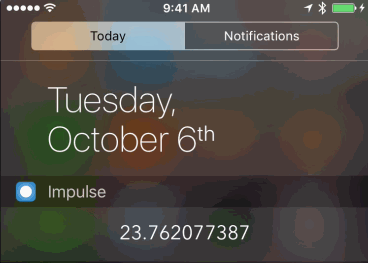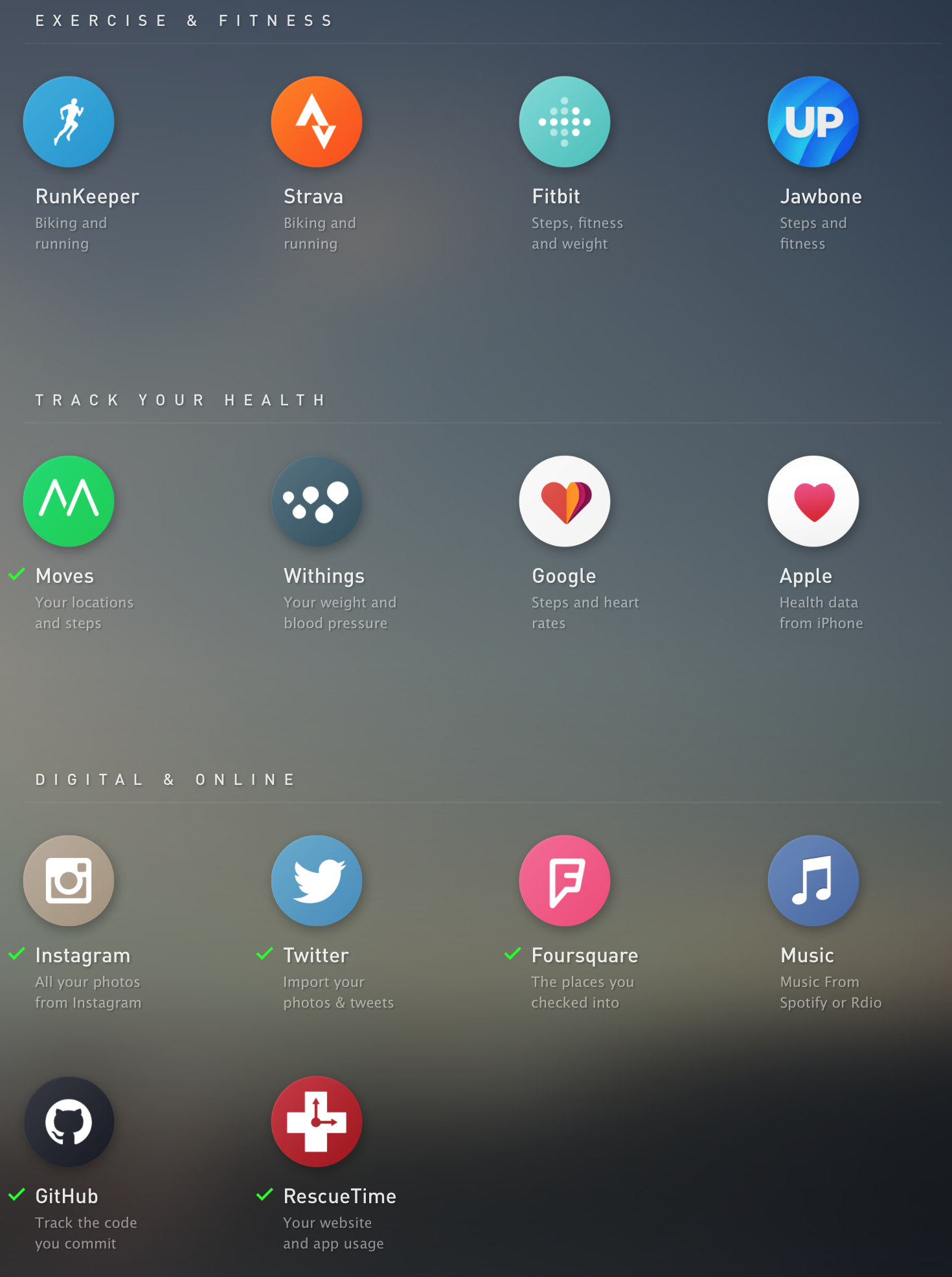Tracking as a catalyst for change
07 Oct 2015When building a new habit, maintaining momentum is often the hardest part. Starting small helps, but I often need a larger impetus. To tackle this, I began tracking factors associated with each habit. For example, last year, I decided to spend less time on social media (primarily Twitter and Facebook). I did not take this habit seriously until I installed RescueTime and saw how much time I was wasting. RescueTime is a small app that runs on your computer (and Android device), and tracks how much time you spend on specific applications and websites. Turns out, I was spending ~28 hours per month on social media alone! I was appalled by this realization. If this trend had continued, I would be wasting more than a day each month on social networks. I was driven to change.
 October 2014, so glad things have changed since then
October 2014, so glad things have changed since then
Fast forward to today1, where I now average 11 hours on on social media per month (21 minutes a day). A 61% improvement over the past year! The key takeaway here is that although I did not have a target metric, the act of tracking itself persuaded me to change my habits.
Tracking has spilled into many other areas of my life:
-
Mood
Over the summer, I was getting over a challenging breakup. To cope, I decided to actively track2 my mood using Moodnotes. Moodnotes is a thought journal that helps you log your mood and what influences it. This has allowed me to better be at ease with my emotions and prevent negative thoughts from snowballing.

-
Food
I am consistent with exercise. However, my diet consists of an unclear strategy of picking “healthy” foods, without actually tracking macronutrients. To solidify this approach, I began tracking meals with MyFitnessPal. Once my diet became balanced, I transitioned to using Lark. Lark is more personal, as it uses a virtual coach to cheer you on in making healthier choices.
-
Money
Mint will always be in my desktop menu bar. Having all financial accounts in a single dashboard is invaluable. For example, I quit coffee after realizing how much money I was wasting (~$100 a month), in addition to the benefits of a caffeine-free diet.
-
Age
I never truly appreciated how fast time moves until I installed Sam Soffes’ age ticker screensaver. Watching my age tick upwards each time I opened my computer reminds me of life’s finiteness3. I even ported this concept to an iOS app and Today Extension4!

Where do we go from here?
While tracking these domains is the first step, I believe the future of human improvement lies in aggregating them in a meaningful way. This is where we can make even deeper conclusions about our lives. Currently, my bet is with Anand Sharma and the Gyroscope team to solve this. Their site (and upcoming app) integrates with various services to present your life in a beautiful dashboard.

It is fascinating what you can do with all of this data in a single place. You can see every place I have been to since 20125 or check my most recent heart rate measurement.
Final Thoughts
While habit change often involves moving towards specific goals6, tracking is often eye-opening enough to incite positive change. Insight on metrics I want to improve has enabled me to better coordinate my efforts. After all, you can’t reach your north star goals without establishing a frame of reference.
Footnotes:
-
To accomplish this, I made heavy use of RescueTime’s push notifications (enabling persistent alerts) and used SelfControl. ↩
-
Tracking not only includes an overall mood but also details about recent events and tips on how to avoid common mental traps. ↩
-
I am a huge fan of John Feminella’s post on this subject. ↩
-
Alex MacCaw made a Chrome extension for this concept as well! ↩
-
I started using Swarm (previously bundled into Foursquare) in 2012. ↩
-
In these scenarios, I employ Dave Brailsford’s 1% technique. ↩